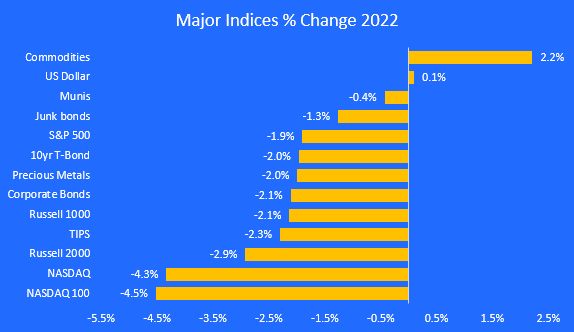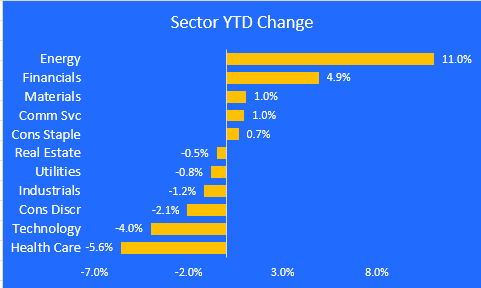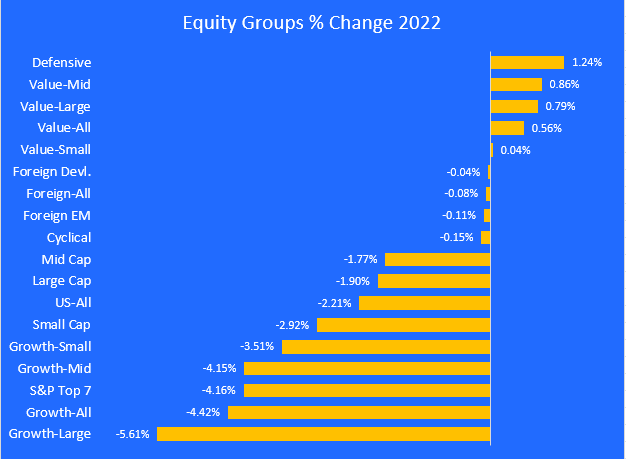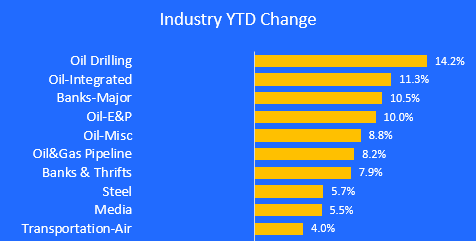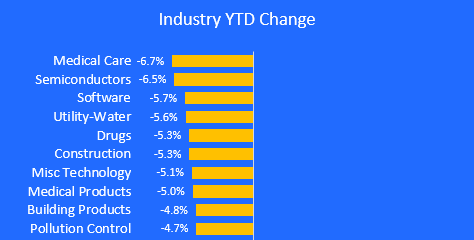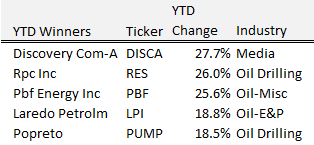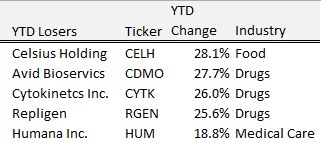The 1-Minute Market Report is tailored for those who want a quick recap of what's going on, without the usual fluff and filler. I try to focus on the main drivers of the current market action, and offer some brief commentary along the way.
A quick summary
- The S&P 500 took a 1.9% hit for its first week out of the gate.
- The proximate causes were the bearish tone of the Fed minutes release and the surging omicron virus.
- The employment report was good, but not great. Wages are rising fast.
- Consumers are worried about travel and entertainment but they are still spending.
- We may be witnessing the start of a new Taper Tantrum.
Markets were down, but some pockets bucked the trend.
Chart 1. Major Indices
Commodities, driven mostly by the energy complex, were the only major index to gain ground last week. Hardest hit were the tech-heavy NASDAQ and NASDAQ 100.
Small caps fared worse than large caps, and Treasury bonds fell in price, sending yields higher.
Chart 2. S&P 500 Sectors
Energy continued its strong performance from last year, gaining 11% for the week. Financials benefitted from higher Treasury bond rates and the soon-to-be-implemented short-term rate increases. This allows banks to charge more for loans. Their commercial lending activity is benefitting from an increase in capital expenditures for supply chain improvements.
Chart 3. Equity Groups
This chart shows the performance of stocks that share certain characteristics, like value vs. growth, large vs. small cap, and cyclical vs, defensive. I created these groups to offer a way of visualizing the flow of investor money - where it's going and where it's coming from. Following the money removes much of the subjectivity embedded in forecasting what may happen in the future. I want to see what's happening now. and whether a trend is being established.
Chart 4. Industry winners
Zacks Investment Research tracks 60 different industry groups, and that is where the next chart comes from. I won't bore you with the entire chart of all 60 groups, but instead show the top and bottom 10 from last week. It's no surprise that the energy complex took 5 out of the 10 top spots on this leader board.
Chart 5. Industry losers
Here are the ten industries that got hit hardest last week. I was a little surprised to see medical care as the biggest loser, since it's supposed to be a defensive group. I did a little digging and found that it was primarily the drug companies that dragged this group down.
Technology groups took 3 of the 10 bottom spots, owing largely to their high valuations and the theory that higher rates make their future earnings projections vulnerable to downward revisions.
Chart 6. Stock winners
The final two charts drill down into the specific stocks that gained and lost the most last week. 4 of the 5 top performers are involved in the oil business. And Discovery, the biggest winner in the S&P 1500, got an upgrade from Citicorp.
Chart 7. Stock losers
Four out of five losers are from the healthcare sector. I can't find any specific news on CELH, a beverage maker, except for some insider selling (which is common) and a bearish call by a market technician (hardly earth-shaking).
.
Final Thoughts
Once again, the the dip-buyers are being challenged by the rally-sellers. This has been going on since the Covid flash crash wiped out a large swath of the old-school dipsters and replaced them with a younger, more aggressive cohort.
Let's see how they handle the next 5% pullback before we even begin to question their commitment. If they remain true to form, they should step in and take the market to a new high. But if the post-dip rally fails, and we get a lower low, that's when the yellow flag starts to turn red.

